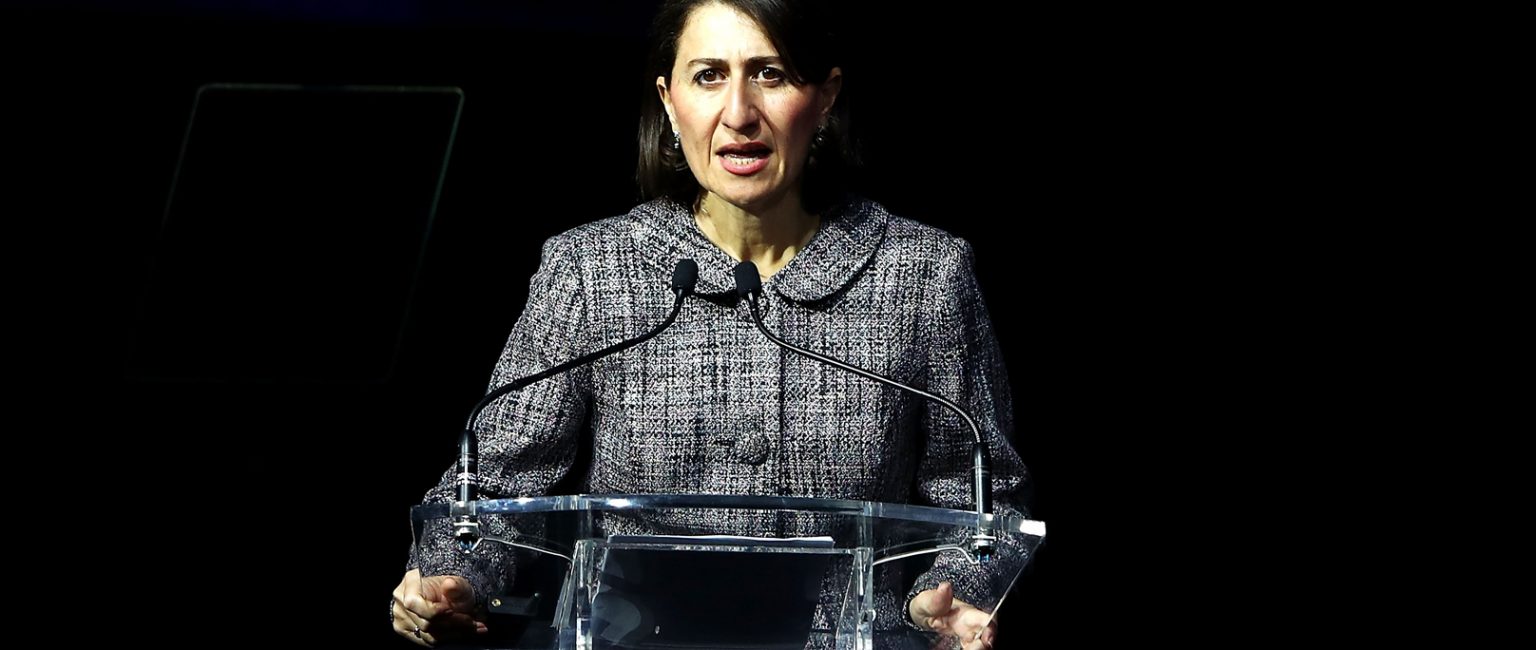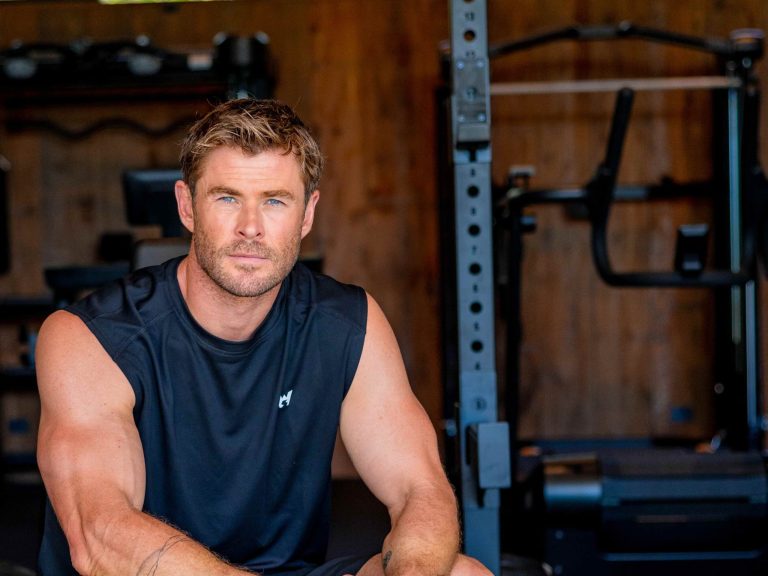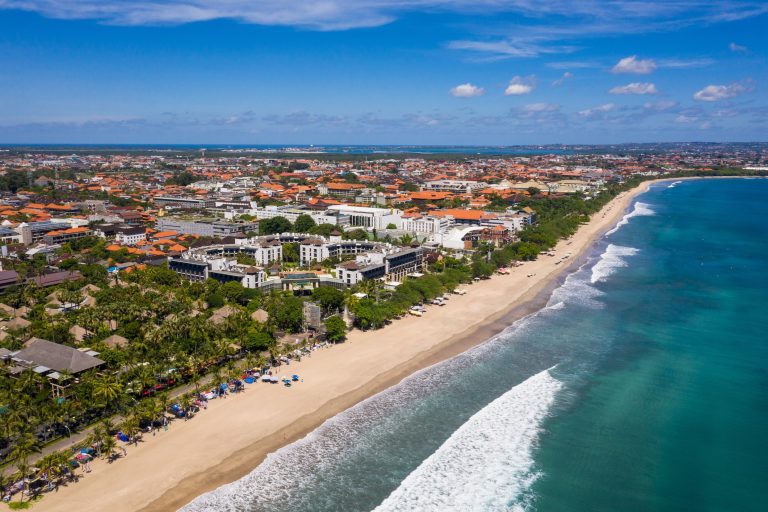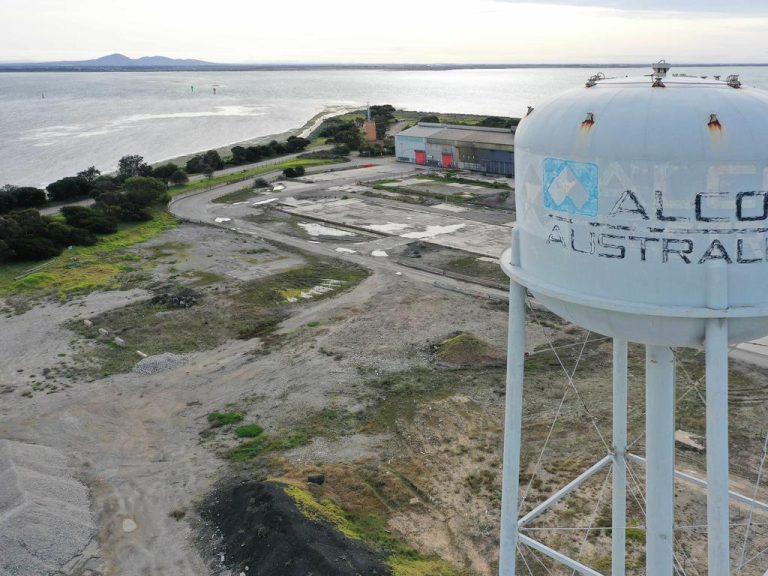Berejiklian’s plan to slash migrant intake ‘problematic’ for economy

The economic impact of cutting New South Wales’ migrant intake is set to be a key election issue for the state’s commercial property sector.
REA chief economist Nerida Conisbee says a reduction in net overseas migration from the current 100,000 a year would be “pretty problematic” for the sector.
NSW Premier Gladys Berejiklian last year called on NSW to “tap the brakes and take a breather on immigration levels”, and has appointed an expert panel to assess the current rate of population growth, to allow infrastructure to catch up.
Berejiklian also floated the idea of halving the state’s net migration levels to about 45,000-50,000 people each year, which was the average intake a decade ago, when John Howard was Prime Minister.
According to Conisbee, such a drastic cut would negatively impact economic growth, jobs, and the availability of skilled workers, which are vital for a strong commercial property sector.
“The problem with limiting population growth is it will have a direct negative effect on economic growth and jobs, which will obviously hit commercial property occupiers. It will then put a drag on the state’s commercial property sector,” she said.
“It certainly could be pretty problematic. It’s something the industry will be watching closely.”
Economic modelling done for the Property Council of Australia shows the NSW economy would lose $130 billion and more than 200,000 jobs if Berejiklian halved the state’s migrant intake.
Property Council NSW executive director Jane Fitzgerald said that the research “strikes a cautionary note” for those suggesting migration be cut, adding that NSW relies on migration for jobs, prosperity and growth.
“A better plan would be to better manage and plan for growth – to fast-track the strategic plans that have been developed over the past few years by the Greater Sydney Commission, Transport for NSW and Infrastructure NSW, and to continue to roll out the massive infrastructure spend to deal with everyday issues like congestion,” she said.
“The choice in Sydney and NSW is not between growth and no growth. The only choice we have is between good growth and bad growth. The important thing is to focus on the issues and the policies that can make a real difference.”

Experts say a cut in NSW’s migrant intake would have a negative impact on jobs and growth. Picture: Getty
According to Conisbee, former Premier Bob Carr went down a similar road to the one Berejiklian hopes to travel. She says he experienced little success, delivering lower productivity and economic growth.
“It was a period [during which] Sydney really did struggle,” she said.
“It’s a very Sydney thing to say – and it will affect investment decision-making if it happens.
“Melbourne is already perceived as pro-population growth, pro-migration and pro-development and this will only add to that.”
In contrast to her ideas on population, Berejiklian’s vision for high-speed rail corridors from Sydney to Orange, Nowra, Canberra and Newcastle will please commercial investors, according to Conisbee.
“Infrastructure spending is always a good thing and the rail project is a big one, allowing people and goods to move more freely. In the end, it will be good for economic growth across the board,” she said.
Meanwhile, Labour’s plan to ban property developers and real estate agents from holding local government office reflected a deeper distrust of the property market, Conisbee added.
“There seems to be suspicion of anything property-related in New South Wales at the moment, so I think Labour is tapping into that.”







